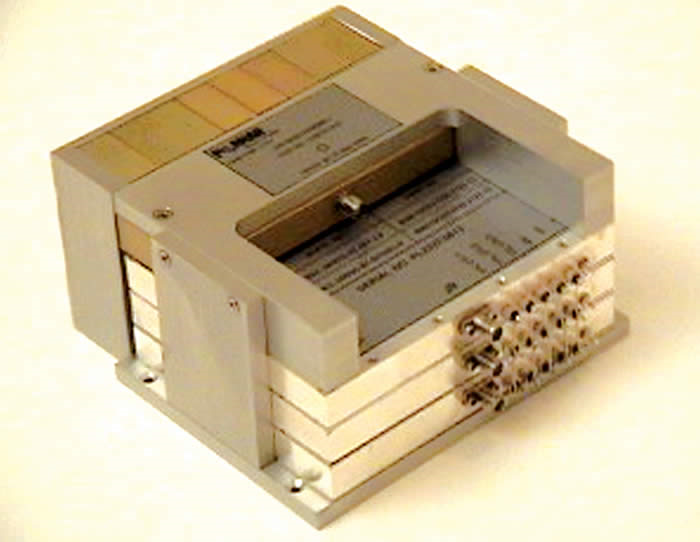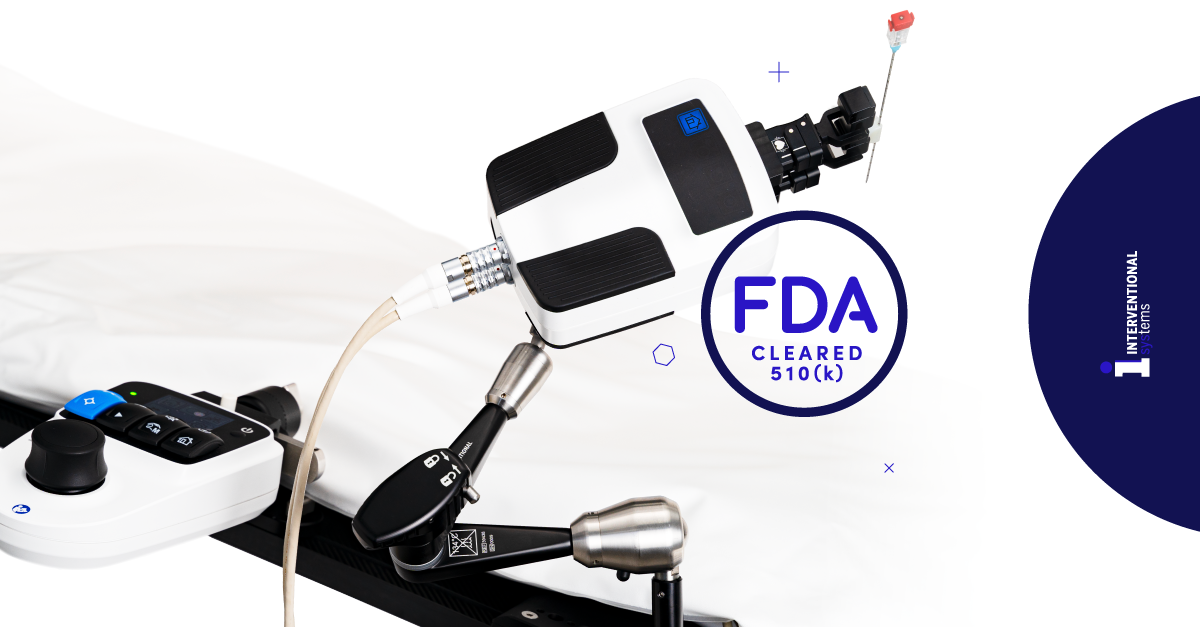


Please refer to Chapter 14 of the Micromate Operator Manual, page 121, for more information. NOTE: The auxiliary trigger is automatically disabled in this mode.The waveform event is saved as a separate file, while the Histogram Event file remains continuous, limited only by the amount of available memory. (This happens when an event exceeds the waveform trigger level, Ex: Pile driving) Records data on peak events and Histogram events. This will create a waveform record while Histogram recording.It also calculates the largest peak vector sum over the entire event, displaying the peak of each interval in a bar chart. For each channel, the unit calculates the maximum peak and its frequency. (This reduces the recorded data and increases storage capacity.) For each interval, the unit calculates the maximum peaks, the largest peak frequency, and the peak vector sum. The unit gathers continuous data based on the sample rate but only registers relevant peaks for the interval. (Ex: Pile driving) The unit stores summary information in intervals. Used also to record background noise levels near a site. Used when automatic triggers are unreliable due to high wind or nearby vehicle activity.(Ex: Blasting) The unit records an event, displays the results, and continues to monitor for events exceeding the trigger level to record. To record multiple events automatically with no lag time between events.Please refer to Chapter 3.7.2 of the THOR Operator Manual, page 66, for more information. In the confirmation dialog box, click OK.WARNING: Deleted events cannot be restored. Click a project’s arrow that contains the unit’s event data to delete.Please refer to Chapter 5.5.2 of the THOR Operator Manual, page 100, for more information. WARNING: Deleting an event, will delete all associated reports with it. Tip: To select multiple events, hold down CTRL on the keyboard and select the events. Select one or more events then right-click and select Delete Event(s).Please refer to Chapter 5.5.1 of the THOR Operator Manual, page 99, for more information. (Events with the Location Type Local are already copied onto the computer.) Select one or more events with the Location Type Unit, then right-click and select Create Local Copy of Event(s) and Log(s).Click a project’s arrow that contains the unit’s event data to copy.Local: A copy of the event file has been downloaded to the local computer and can be Unit: The event file is stored on the unit and is being viewed temporarily in THOR.

The Location attribute indicates where the event file resides. Use this function to store a copy of the event file(s) onto your local computer. This effect may have important therapeutic implications for patients receiving chemotherapy or radiotherapy, and for patients with AIDS who develop immunodeficiency primarily as a result of loss of Ag-specific memory T cells.Please refer to Chapter 5.4 of the THOR Operator Manual, page 98, for more information.

These findings demonstrate that the apoptotic death of Ag-specific T cell lines, cells which can be regarded as a model for memory T cells, can be prevented with IL-2. Rescued cells retained their Ag-specific proliferative capacity and in vivo functions. This induction could not be attributed to the effects of IL-2 on the cell cycle, as T cells that were prevented from cell cycle progression by irradiation showed a similar induction of bcl-2. Apoptosis rescue by IL-2 was associated with the induction of bcl-2 mRNA and protein. In contrast to Ag-specific T cells, immature T cells and naive mature peripheral T cells could not be rescued by IL-2 from radiation-induced apoptosis. This effect was specific for IL-2 IL-1 beta, IL-6, or IFN-gamma could not reproduce it. We found that IL-2, in a dose-dependent manner, prevented T cells from entering apoptosis induced by gamma-irradiation, mitomycin C, or dexamethasone. Therefore, we studied the ability of IL-2 to rescue Ag-specific T cells from apoptosis. The effect of IL-2 on apoptosis of T cells is not clear. Previous work has indicated that apoptosis of mature memory T cells may be an important pathophysiologic mechanism in diseases such as AIDS, cancer, and autoimmunity. Most studies of apoptosis on T lymphocytes have examined the effects of various stimuli on immature T cells from the thymus.


 0 kommentar(er)
0 kommentar(er)
